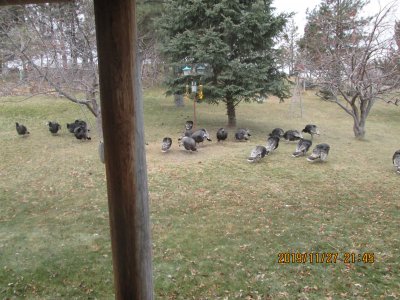- Joined
- Jul 31, 2019
- Messages
- 12
Here's a project I just completed. It's a Vernier dial ball bearing planetary reduction drive. It will be used to
perform fine adjustments of air variable capacitors in amateur radio applications. The end caps and internal
races are done in 12L14 steel and the main body is aluminum. The central shaft is also steel and the carrier
is done in brass. I used a Smithy 1324 with a DRO to create all of the parts and to drill and tap all of the holes.
It took me a bit of time to figure out how to properly create the trough in the center shaft and then a bit more
time to figure out how to make it work smoothly.
--Corey
perform fine adjustments of air variable capacitors in amateur radio applications. The end caps and internal
races are done in 12L14 steel and the main body is aluminum. The central shaft is also steel and the carrier
is done in brass. I used a Smithy 1324 with a DRO to create all of the parts and to drill and tap all of the holes.
It took me a bit of time to figure out how to properly create the trough in the center shaft and then a bit more
time to figure out how to make it work smoothly.
--Corey




